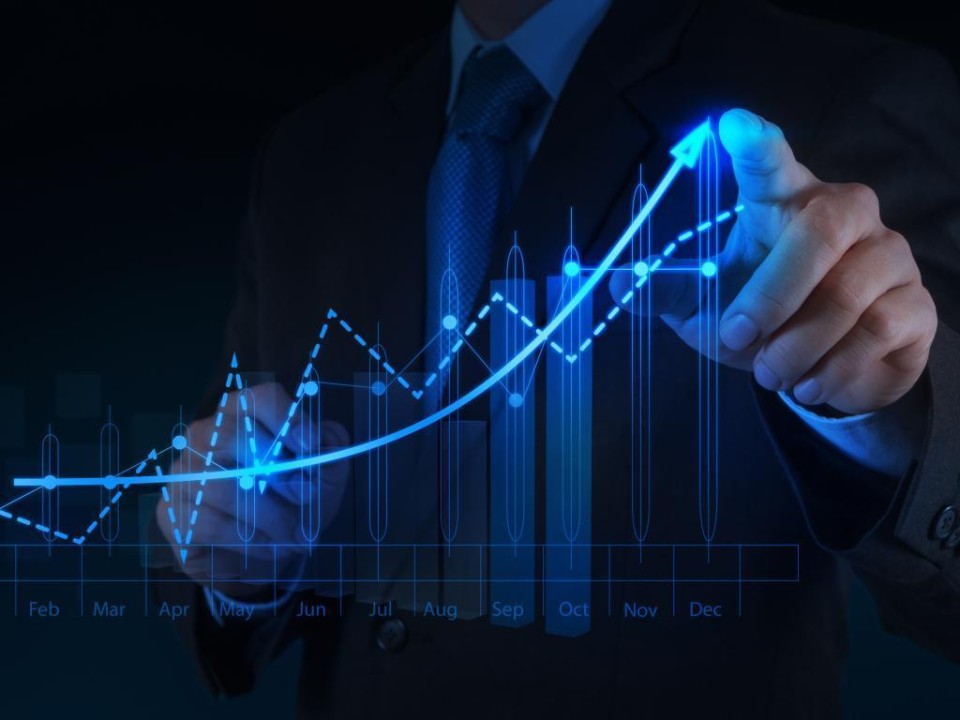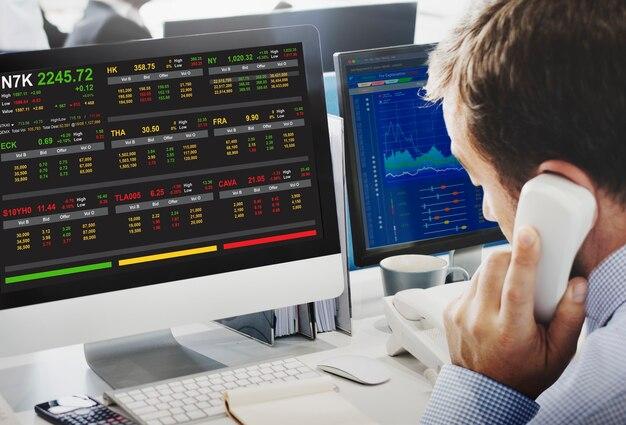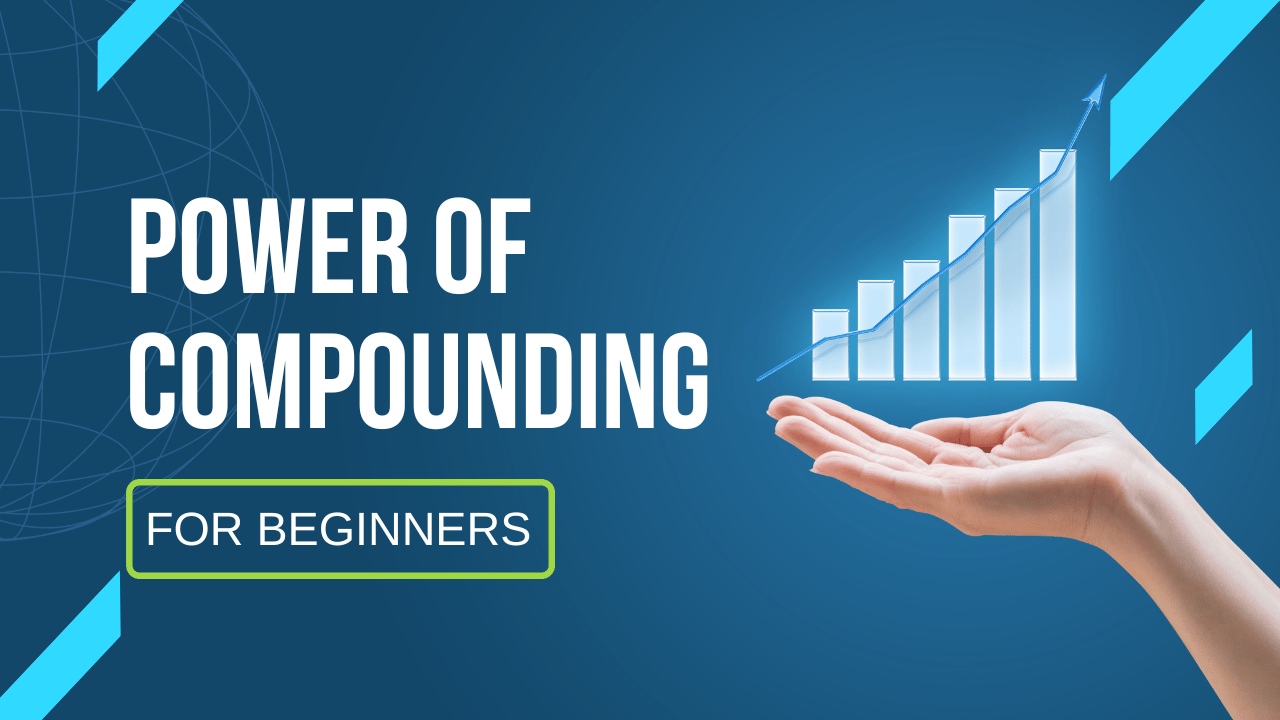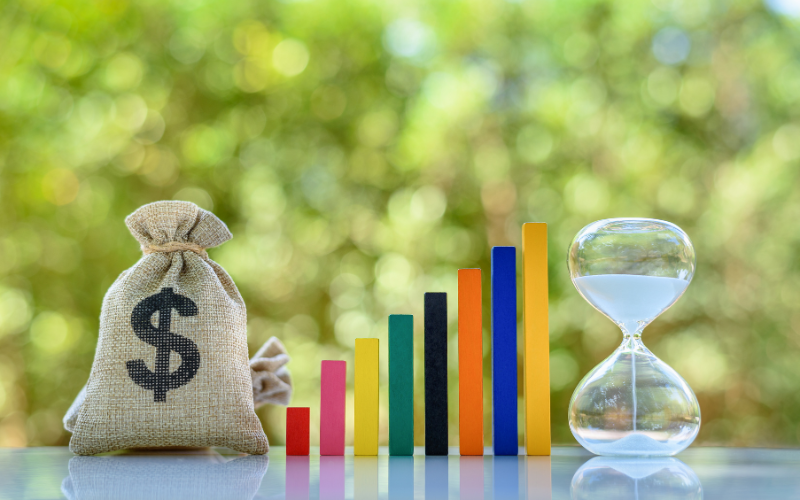The art of trading is not confined to seasoned investors nowadays. The growing awareness of social media and the sense of financial literacy in young minds have persuaded more and more youngsters to join the bandwagon. It also comes down to the fact that the trading game has become easily manageable with mobile platforms and other digital interfaces. However, when it comes to the involvement of real money, one has to be well-versed in the nitty and gritty details of stock markets, trading techniques, and identifying the trends of price movements before trading online.
The basic concept remains constant in the online and offline process of trading stocks with slight variations. This article will give us a quick overview of the main idea behind stock trading activities.
What are the basic requirements to start trading?
The primary requirement is that positive instinct that every potential trader must have before putting in their hard-earned money so that if things go south sometimes, a trader must bear the strength to cope. Other than that, the physical requirements include the following:
- A Demat account to store all the shares purchased.
- A trading account that enables the buying and selling of these shares.
- Valid identification documents such as Aadhar, PAN card, etc., to acquire an account in an authorized bank or other trading platforms.
- Linking your bank account with the trading account is another essential step to maintain a seamless flow of transactions. There are trading accounts that serve as the Demat account as well.
Types of the stock market:
To start investing, traders can decide for themselves any of the following needs.
- Primary market:
When the enterprises decide to sell some of their shares to investors to raise capital funding or to expand their business, they launch Initial Public Offerings (IPO). The investor willing to trade applies for many shares, for which a specific amount gets blocked from the trader’s account. If the company finally allows the lot, the blocked amount gets deducted, and after at least a week, those bought shares are ready to be traded in the market.
- Secondary market:
This is the space for investors to buy and sell stocks. The prices and the number of shares are determined by the group of investors involved in the trading process. Such a market is also referred to as the stock exchange because the trade takes place only for financial securities such as stocks, bonds, ETPs, etc., and also allows investors to trade intraday.
There is another relevant concept of trading related to this market where the investors buy and sell shares on the same day due to increased fluctuations in prices and this is known as intraday trading.
There is another segment of the market known as derivatives market where F&O trading takes place, where the derivative products which derive their value from an underlying asset are bought and sold by the investors through a predetermined price. The price is agreed mutually for a fixed date and on that period one party expects the prices to go upward and the other side expects otherwise. Such derivative contracts are signed to hedge the market risks and the fixed date is termed as expiry date in stock market.
The mechanism of these markets and the potential risk factors must be analyzed and scrutinized before anyone intends to put the best foot forward in trading. The websites or any stock investing app can provide plenty of information, so that novice investors can minimize risks and make informed decisions.












